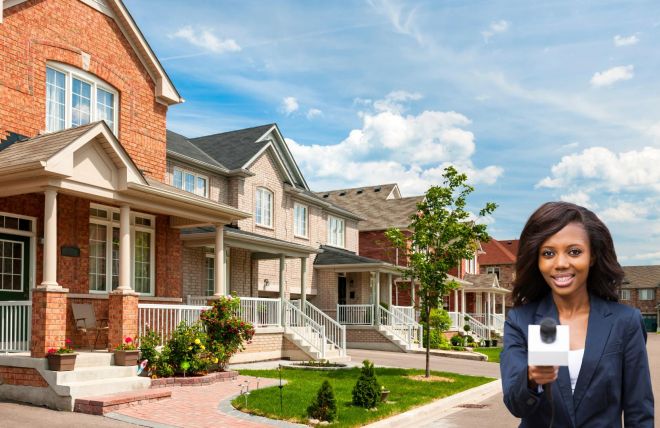Ever wondered why your morning jog through the neighborhood feels somehow... happier? Could be those fluttering butterflies or the buzz of bees that weren't there last spring. What's the secret? Spoiler: It's sustainable landscaping, and it's taking HOA communities by storm!
Embracing Native Plants
Incorporating native plants into community landscapes is a key strategy for sustainable landscaping. These plants are well-adapted to the local climate, requiring less water and fewer chemical interventions, thereby supporting local wildlife and reducing maintenance efforts. Think about it. When was the last time you saw a lawn throw a party for local wildlife? Native plants do just that! Florida's even got a law backing this up – the Florida Statutes 373.185 – making sure HOAs can't say no to Florida-Friendly Landscaping™. Why should you care? Well, besides throwing a bash for bees, using native plants means less work for you and more time enjoying your weekend.
Water Conservation Techniques
Critical to sustainable landscaping is the implementation of water-saving measures. Water, water, everywhere, but not a drop should be wasted. Did you know simple tweaks like drought-resistant plants and smarter irrigation can cut your water use in half? Imagine what you could do with all those savings. More community BBQs, perhaps?
Organic Gardening and Soil Health
Adopting organic gardening practices avoids the use of synthetic fertilizers and pesticides, favoring natural alternatives that promote soil health and biodiversity. Techniques such as composting, mulching, and employing natural pest control methods are integral to maintaining vibrant and healthy landscapes. Organic isn't just for your kale. Ditching the chemicals not only makes your garden party-friendly for all kinds of critters but also keeps your greens truly green. And healthier soil? That's the gift that keeps on giving.
Renewable Resources and Material Efficiency
Sustainable landscaping also involves the use of renewable resources and the efficient use of materials. This includes choosing sustainable materials for garden beds and walkways, recycling garden waste, and designing landscapes that are both beautiful and environmentally conscious. Why buy new when you can upcycle? Sustainable landscaping is all about making the old new again. Plus, recycling garden waste is like giving Mother Nature a high five.
Creating Wildlife-Friendly Habitats
A crucial aspect of sustainable landscaping is the creation of habitats that encourage biodiversity. Designing gardens that attract pollinators, birds, and beneficial insects not only enhances the ecological value of the community but also contributes to a richer, more diverse local ecosystem. Creating spaces for wildlife is like setting up a neighborhood watch, but for nature. Birds, bees, and butterflies can add life to your community, making it a vibrant place to live.
The Impact of Sustainable Practices
Adopting sustainable landscaping practices offers numerous benefits, including reduced environmental impact, enhanced community aesthetics, and the promotion of biodiversity. It demonstrates a commitment to environmental stewardship and provides a model for responsible community development. Sustainable landscaping is increasingly popular, with about 35% of American homeowners showing interest. These practices can reduce water usage by up to 50%, offer energy savings, and enhance local ecosystems. Additionally, 60% of Americans prioritize environmental sustainability in lawn care, indicating a shift towards greener landscaping solutions.
Conclusion: Leading by Example
HOA communities that implement sustainable landscaping practices set a precedent for environmental responsibility and community engagement. Through thoughtful planning and eco-friendly practices. So, why not turn your HOA into the envy of the block? Sustainable landscaping isn't just good for the planet; it's a community game-changer. Ready to dive in? Your backyard (and your future self) will thank you!
Sources:
- Lahive, M. (n.d.). Landscaping Industry: Statistics, Insights & Trends. LinkedIn. Retrieved from https://www.linkedin.com/pulse/landscaping-industry-statistics-insights-trends-mark-lahive
- Colorado State University Extension. (n.d.). Sustainable Landscaping. Retrieved from https://extension.colostate.edu/topic-areas/yard-garden/sustainable-landscaping-7-243/
- CivicScience. (n.d.). 70% of Americans Value Environmental Sustainability When Tending to Their Lawn. Retrieved from https://civicscience.com/70-of-americans-value-environmental-sustainability-when-tending-to-their-lawn/
- ScottMax. (n.d.). Landscaping Industry Statistics. Retrieved from https://scottmax.com/landscaping-industry-statistics/
- U.S. Environmental Protection Agency. (n.d.). Benefits and Risks Associated with Landscapes. Retrieved from https://www.epa.gov/pesp/benefits-and-risks-associated-landscapes
Crafted with the precision of AI, our blogs blend human insight with digital innovation for content that truly resonates.







